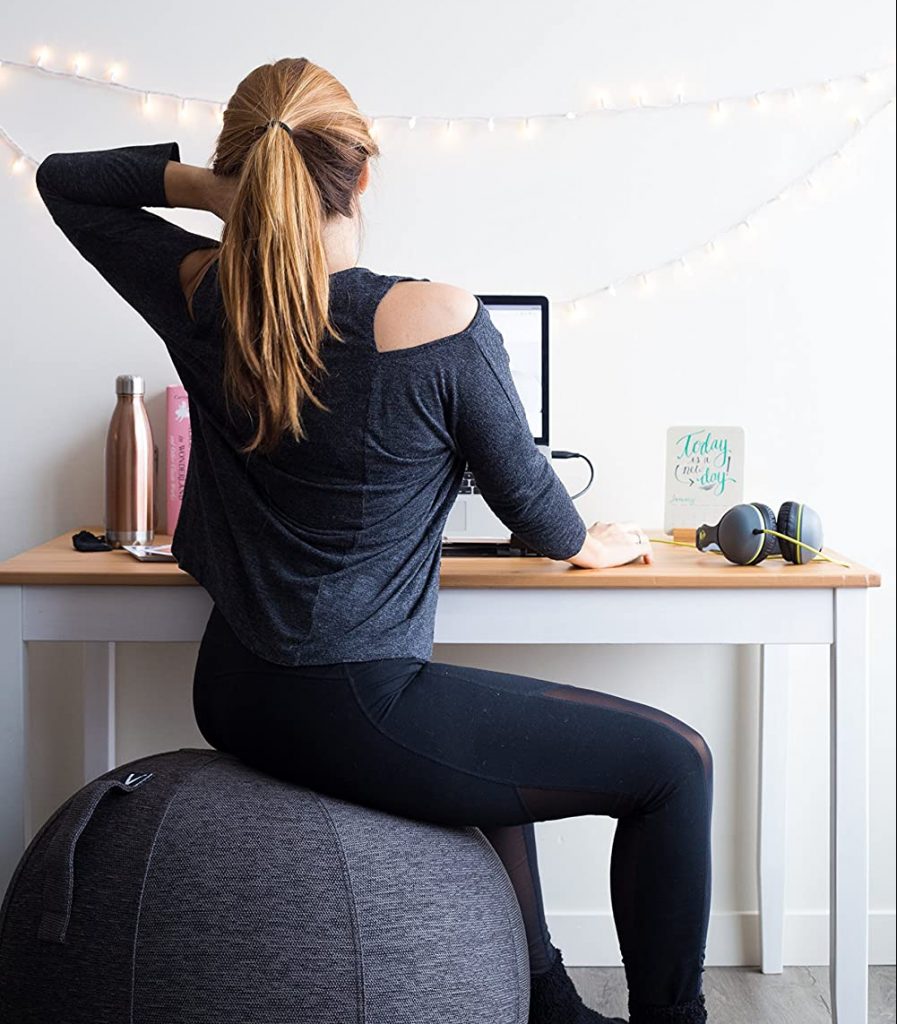Sitting All Day Can Actually Kill You, Studies Show
Researchers have found links between sitting all day and increased risks of developing ailments such as heart disease and dementia; however, a new study suggests that walking in small bursts can help significantly lower the risks associated with a sedentary lifestyle.
This article is more than 2 years old

Virtually everyone knows by now that inactivity can be deadly, and sitting all day is one of the worst things you can do for your health. Evidence has shown that too little physical activity leads to an increased risk of heart disease, diabetes, and even dementia. But a new study has found that strikingly small bursts of activity can help negate the damage done by living a sedentary lifestyle.
Researcher Keith Diaz of Columbia University Medical Center recently shared with NPR details of the study they conducted. Their goal was to find out what was the least amount of physical activity a person could engage in to offset the risks of sitting all day. The research team recruited middle- and older-aged adult volunteers to emulate a typical workday inside the lab.
After sitting for eight hours, volunteers were connected to glucose monitors that measured their blood sugar every 15 minutes, and also had their blood pressure measured every 60 minutes. Then they were asked to walk on a treadmill at varying frequencies and lengths. “We found that a five-minute walk every half-hour was able to offset a lot of the harms of sitting,” Diaz said.
“We were really struck by just how powerful the effects were,” Diaz continued. The study participants only walked at a leisurely pace of around 1.9 miles per hour. People who walked five minutes every half-hour instead of sitting all day saw their post-meal blood sugar spikes drop by nearly 60%.
Robert Sallis, a family medicine doctor at Kaiser Permanente and the past president of the American College of Sports Medicine (ACSM), was also surprised. “I have never seen that kind of a drop in blood sugar, other than with medication,” he said. It’s long been known that exercise helps control blood sugar, but the study revealed how helpful short, frequent bursts of activity could be for people used to sitting all day.
The study, titled Breaking Up Prolonged Sitting to Improve Cardiometabolic Risk: Dose-Response Analysis of a Randomized Cross-Over Trial, was published in the ACSM’s journal, Medicine & Science in Sports & Exercise. Walking five minutes every half-hour had the best effect on blood glucose levels. But even walking for one minute every hour was enough to lower blood pressure.
These findings are important because nearly half of American adults have high blood pressure, and one out of every three has prediabetes. As the name implies, prediabetes often precedes the development of type 2 diabetes. If people can stop sitting all day and make life changes to halt this type of impaired insulin response, they may be able to prevent or delay the onset of type 2 diabetes.
Diabetes and high blood pressure increase the risk of developing heart disease, which the Centers for Disease Control (CDC) says is the top cause of death in the United States. Strokes are also far more common in people with high blood pressure or diabetes. Therefore, Sallis says many of us can benefit from adding short but frequent movement breaks to our daily routines.
The CDC advises adults to get 150 minutes of moderate-intensity physical activity each week instead of sitting all day, broken into smaller chunks throughout the week. The treadmill pace in Diaz’s study was too slow to count as moderate intensity, but it’s easy to make a short walk more intense. Pump your arms, walk faster, and include a set of stairs. Not only will brief activity breaks improve your overall health, they can also brighten your mood. “The human body was not designed to sit for eight hours at a time,” said Loretta DiPietro, a professor at the Milken Institute School of Public Health. Better moods and better health equal better employees, a winning situation for any employer.





